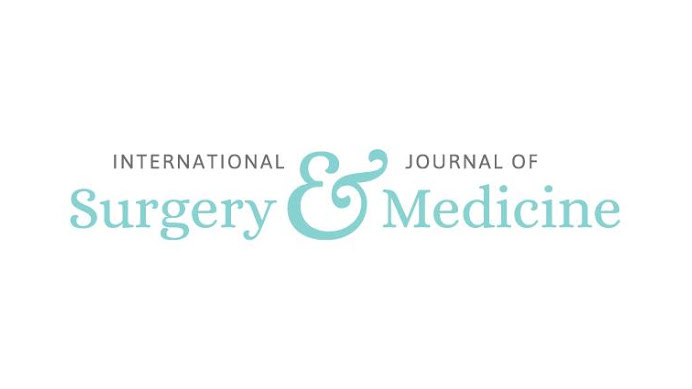
| Original Article Online Publishing Date: | ||||||||||||
Int J Surg Med. 2023; 9(2): 57-60 Epidemiology and management of facial burns in a tertiary care hospital in the Himalayan region - Our Experience Yawar Nissar, Lenah Bashir, Umar Farooq Baba, Khawar Nissar.
| ||||||||||||
| How to Cite this Article |
| Pubmed Style Nissar Y, Bashir L, Baba UF, Nissar K. Epidemiology and management of facial burns in a tertiary care hospital in the Himalayan region - Our Experience. Int J Surg Med. 2023; 9(2): 57-60. doi:10.5455/ijsm.136-1641314711 Web Style Nissar Y, Bashir L, Baba UF, Nissar K. Epidemiology and management of facial burns in a tertiary care hospital in the Himalayan region - Our Experience. https://www.ejos.org/?mno=140510 [Access: February 20, 2024]. doi:10.5455/ijsm.136-1641314711 AMA (American Medical Association) Style Nissar Y, Bashir L, Baba UF, Nissar K. Epidemiology and management of facial burns in a tertiary care hospital in the Himalayan region - Our Experience. Int J Surg Med. 2023; 9(2): 57-60. doi:10.5455/ijsm.136-1641314711 Vancouver/ICMJE Style Nissar Y, Bashir L, Baba UF, Nissar K. Epidemiology and management of facial burns in a tertiary care hospital in the Himalayan region - Our Experience. Int J Surg Med. (2023), [cited February 20, 2024]; 9(2): 57-60. doi:10.5455/ijsm.136-1641314711 Harvard Style Nissar, Y., Bashir, . L., Baba, . U. F. & Nissar, . K. (2023) Epidemiology and management of facial burns in a tertiary care hospital in the Himalayan region - Our Experience. Int J Surg Med, 9 (2), 57-60. doi:10.5455/ijsm.136-1641314711 Turabian Style Nissar, Yawar, Lenah Bashir, Umar Farooq Baba, and Khawar Nissar. 2023. Epidemiology and management of facial burns in a tertiary care hospital in the Himalayan region - Our Experience. International Journal of Surgery and Medicine, 9 (2), 57-60. doi:10.5455/ijsm.136-1641314711 Chicago Style Nissar, Yawar, Lenah Bashir, Umar Farooq Baba, and Khawar Nissar. "Epidemiology and management of facial burns in a tertiary care hospital in the Himalayan region - Our Experience." International Journal of Surgery and Medicine 9 (2023), 57-60. doi:10.5455/ijsm.136-1641314711 MLA (The Modern Language Association) Style Nissar, Yawar, Lenah Bashir, Umar Farooq Baba, and Khawar Nissar. "Epidemiology and management of facial burns in a tertiary care hospital in the Himalayan region - Our Experience." International Journal of Surgery and Medicine 9.2 (2023), 57-60. Print. doi:10.5455/ijsm.136-1641314711 APA (American Psychological Association) Style Nissar, Y., Bashir, . L., Baba, . U. F. & Nissar, . K. (2023) Epidemiology and management of facial burns in a tertiary care hospital in the Himalayan region - Our Experience. International Journal of Surgery and Medicine, 9 (2), 57-60. doi:10.5455/ijsm.136-1641314711 |








